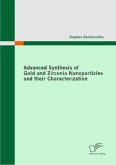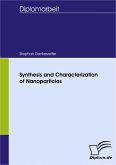
Statt 58,00 €**
54,99 €
**Preis der gedruckten Ausgabe (Broschiertes Buch)
inkl. MwSt. und vom Verlag festgesetzt.
Sofort per Download lieferbar
VersandkostenfreieBook, PDF
1. Januar 2011
Diplomica Verlag
Ähnliche Artikel
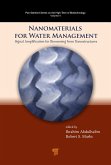
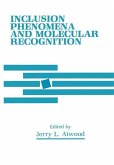
eBook, PDF
6. Dezember 2012
Springer New York

eBook, PDF
22. Oktober 2013
Elsevier Science & Techn.

18,95 €
Sofort per Download lieferbar
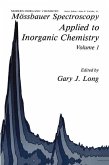
eBook, PDF
11. November 2013
Springer New York
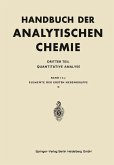
54,99 €**
42,99 €
**Preis der gedruckten Ausgabe (Broschiertes Buch)
Sofort per Download lieferbar
Versandkostenfrei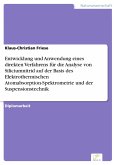
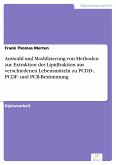

Statt 54,99 €**
44,99 €
**Preis der gedruckten Ausgabe (Broschiertes Buch)
inkl. MwSt. und vom Verlag festgesetzt.
Sofort per Download lieferbar
VersandkostenfreieBook, PDF
1. Februar 2014
Diplom.de

eBook, PDF
22. August 2001
Diplom.de
Ähnlichkeitssuche: Fact®Finder von OMIKRON

